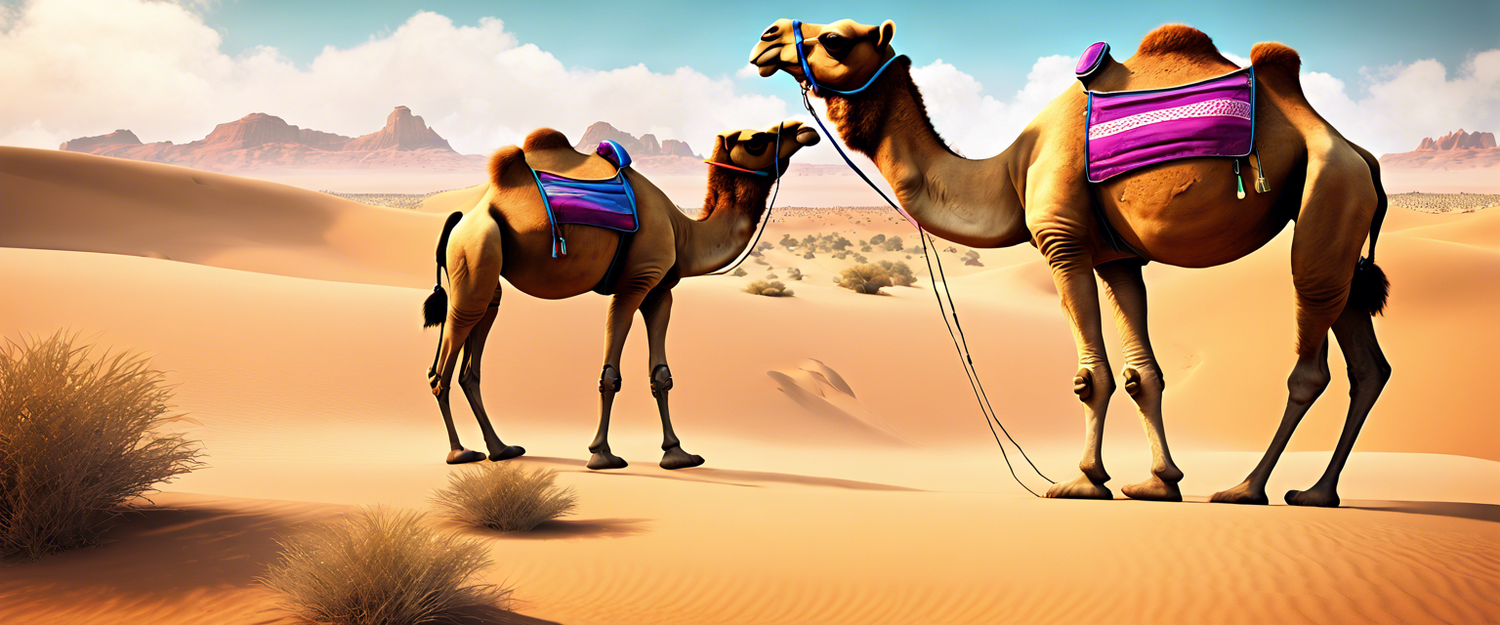Creating an AI Enemy Sprite that Moves Towards the Player Using Pygame
This guide will walk you through the steps to create an AI enemy sprite in Pygame that actively moves towards the player character and causes damage upon collision. We'll load an enemy sprite image and implement movement towards the player's position.
Requirements
- Pygame installed in your Python environment.
- An image file for the enemy sprite.
- The existing code from previous steps, where the player character is implemented.
Step-by-Step Guide
1. Import Pygame and Initialize
First, ensure you initialize Pygame and create the game window as shown in previous examples.
2. Load the Enemy Sprite
Load the image for the enemy sprite using the pygame.image.load() function. Here's the necessary code:
enemy_image_path = "path/to/enemy.png"
enemy_image = pygame.image.load(enemy_image_path)3. Create the Enemy Class
Create a new sprite class for the enemy that will handle its movement and collision with the player:
class Enemy(pygame.sprite.Sprite):
def __init__(self, player):
super().__init__()
self.image = enemy_image
self.rect = self.image.get_rect()
self.rect.center = (200, 200) # Initial position of the enemy
self.player = player
def update(self):
# Move towards the player
if self.rect.x < self.player.rect.x:
self.rect.x += 2 # Adjust speed as necessary
if self.rect.x > self.player.rect.x:
self.rect.x -= 2
if self.rect.y < self.player.rect.y:
self.rect.y += 2
if self.rect.y > self.player.rect.y:
self.rect.y -= 2
4. Instantiate the Enemy
In the main game loop, create an instance of the enemy and add it to the sprite groups:
enemy = Enemy(player)
all_sprites.add(enemy)5. Collision Detection
Check for collisions between the player and the enemy in the main loop to decrease the player's health:
if pygame.sprite.collide_rect(player, enemy):
# Code to reduce player's health
health -= 1 # Example: reduce health by 16. Update and Display
Update the sprite groups and redraw all sprites and necessary text in the main loop:
all_sprites.update()
window.fill((255, 255, 255))
all_sprites.draw(window)
7. Complete Code Example
Here’s how your complete game loop might look with the enemy implemented:
while True:
for event in pygame.event.get():
if event.type == pygame.QUIT:
pygame.quit()
sys.exit()
# Move player sprite based on user input
keys = pygame.key.get_pressed()
if keys[pygame.K_LEFT]: player.rect.x -= 5
if keys[pygame.K_RIGHT]: player.rect.x += 5
if keys[pygame.K_UP]: player.rect.y -= 5
if keys[pygame.K_DOWN]: player.rect.y += 5
# Check for collisions
if pygame.sprite.collide_rect(player, enemy):
health -= 1 # Handle health reduction
# Update and draw the sprites
all_sprites.update()
window.fill((255, 255, 255))
all_sprites.draw(window)
pygame.display.update()
Conclusion
You’ve successfully implemented a basic AI enemy that tracks the player and causes damage upon collision. This adds an exciting dynamic to the game and can be expanded further with additional types of enemies or behaviors.
Next Steps
- Consider adding different enemies with varied behaviors.
- Implement player health and game over conditions.
- Introduce power-ups to enhance gameplay.



Laat een reactie achter
Alle reacties worden gemodereerd voordat ze worden gepubliceerd.
Deze site wordt beschermd door hCaptcha en het privacybeleid en de servicevoorwaarden van hCaptcha zijn van toepassing.